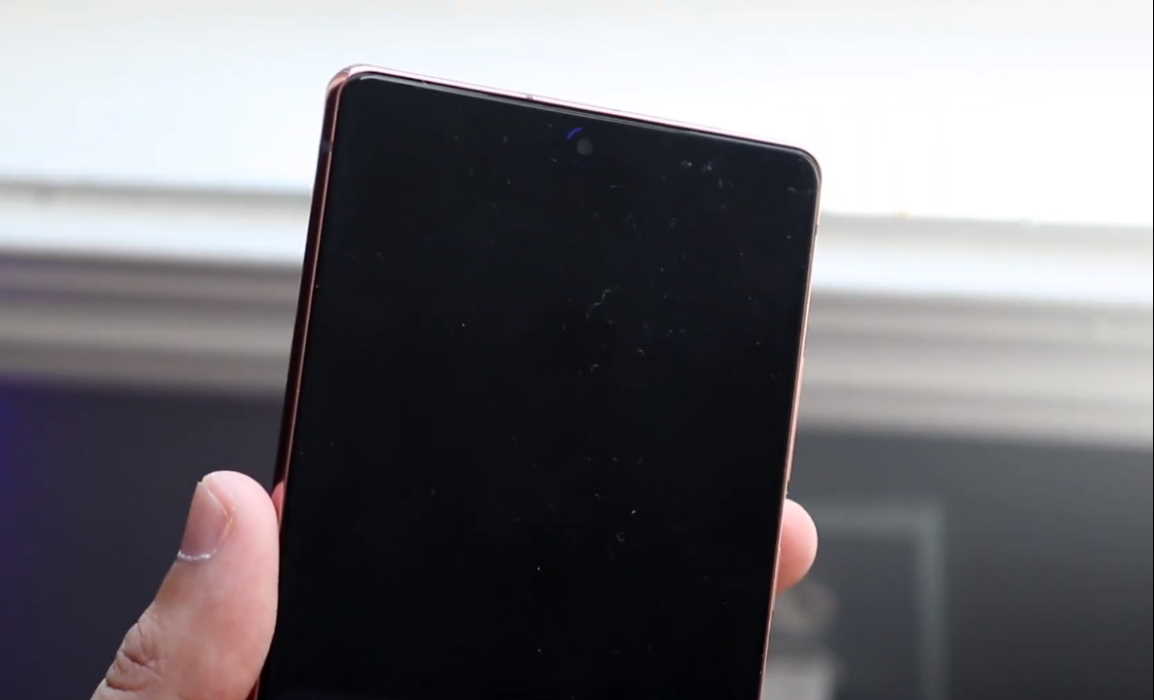

Problem: When the screen brightness is lowered to the lowest setting, the lower half of the screen begins to flicker. GALAXY S5 SCREEN FLICKERS WHEN BRIGHTNESS IS SET AT CERTAIN LEVEL
#Galaxy note brightness slider dissappered upgrade
I'm still using a Samsung S4 and only now that I have verified it won't upgrade to the Android 6.0 OS am I considering replacing it within the next year or so. A repair shop may be able to wipe the circuit boards down with a solution that clears away corrosion, but it won't repair any weakened pixels. Ultimately, these devices were meant for replacement every 2 to 3 years so if you're like me and you like to make your investment last, best thing to do is apply any work around you can come up with. Best to use a physical screen overlay you can put on or remove as needed as long as it doesn't interfere with your touch screen options. With the added security concerns of these apps possibly collecting screen shots and sending them to another site, I would avoid this. The reason for this I believe is because apps are supposed to operate in a way they don't intrude on each other, and a filter that lays over your screen does in fact alter the output of your display rendering. They also require a rooted device, which could void warranties. You can adjust the darkness if you need it to save your eyes when reading in the dark but it doesn't help save power any. This keeps the power up on the pixels but adds a black overlay, kind of like a screen filter.

There are apps that attempt to resolve this by putting a translucent black screen over your desktop and apps. I also noticed that before the screen locks on timer, it dims to low power for a few seconds and flickers as a result. With the screen though, since the problem is only resolved when you increase the brightness just a bit above minimum, it seems anything that lowers the display power (auto brightness for example) will cause it to flicker if this setting gets too low. Just enough current goes through the motion sensor to keep it's circuits active, and that current causes a flicker in the light. I see this problem with some LED and CFL lights on motion sensor switches. If the circuit is damaged, or any corrosion has built up inside, this could attenuate the current below the point required to sustain light flow. In LED screens, a back light controls brightness, but AMOLED screens send current to each pixel for brightness control. When the display circuits get old or damaged, they don't sustain current at low power settings. MainActivity.java public class MainActivity extends AppCompatActivity catch (Settings.In my research thus far, the AMOLED screen technology is to blame.

Nothing at all becomes more dark or bright.ĭoes anyone know where I have gone wrong? Any help would be appreciated! Additionally, is there any way of doing this without requiring write permissions? Or perhaps is there a way to adjust the brightness of only the overlay view?ĮDIT: Comments on error log and testing can be found below the code. I looked through various tutorials online and followed this one, but when I run the app and move the slider, the screen brightness does not change. So essentially the SeekBar only appears when the button is pressed. The SeekBar is the child of a RelativeLayout view, all of which overlays the parent view when a button is pressed. I am trying to create an app that allows the user to adjust the screen brightness by way of a SeekBar.


 0 kommentar(er)
0 kommentar(er)
